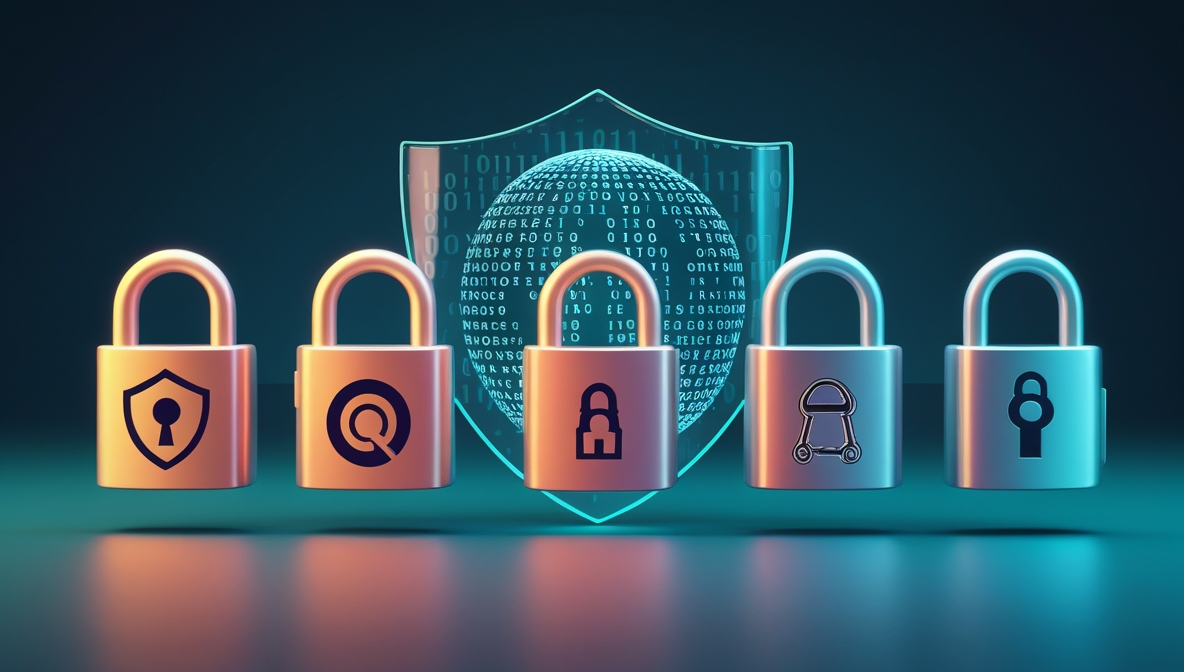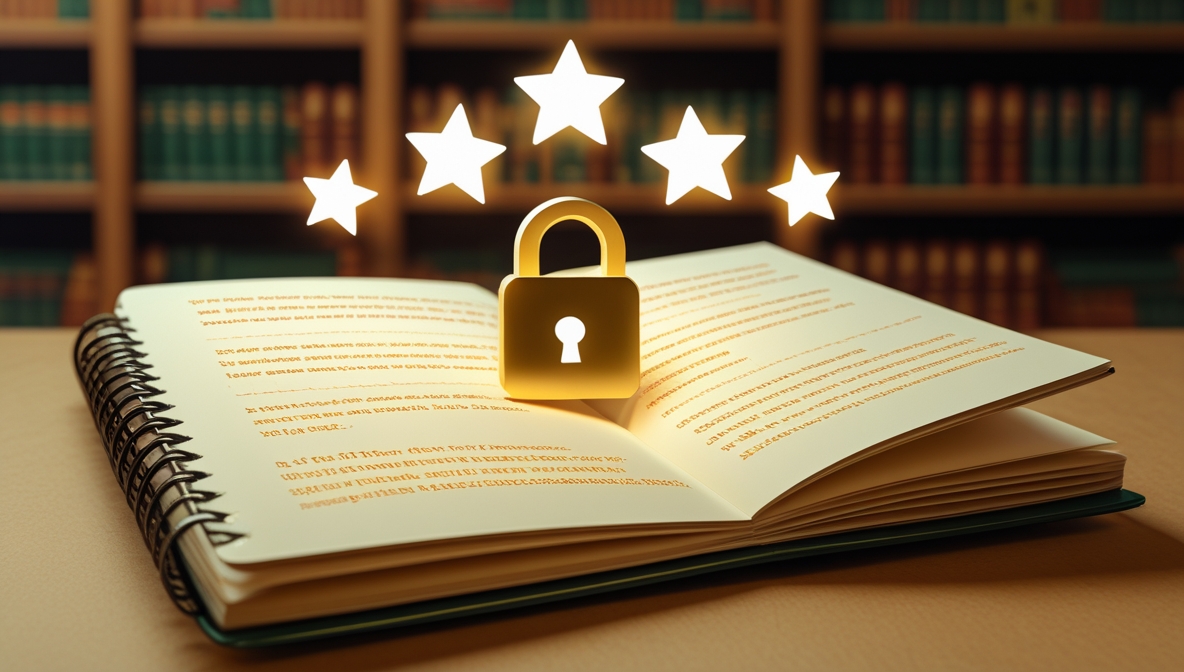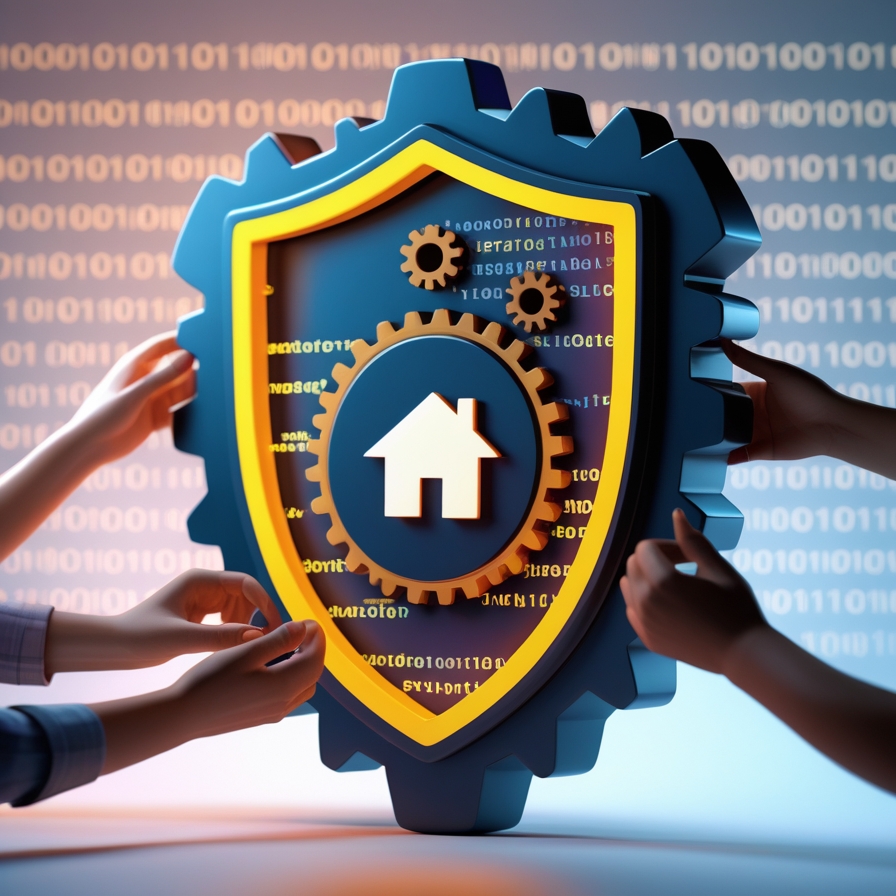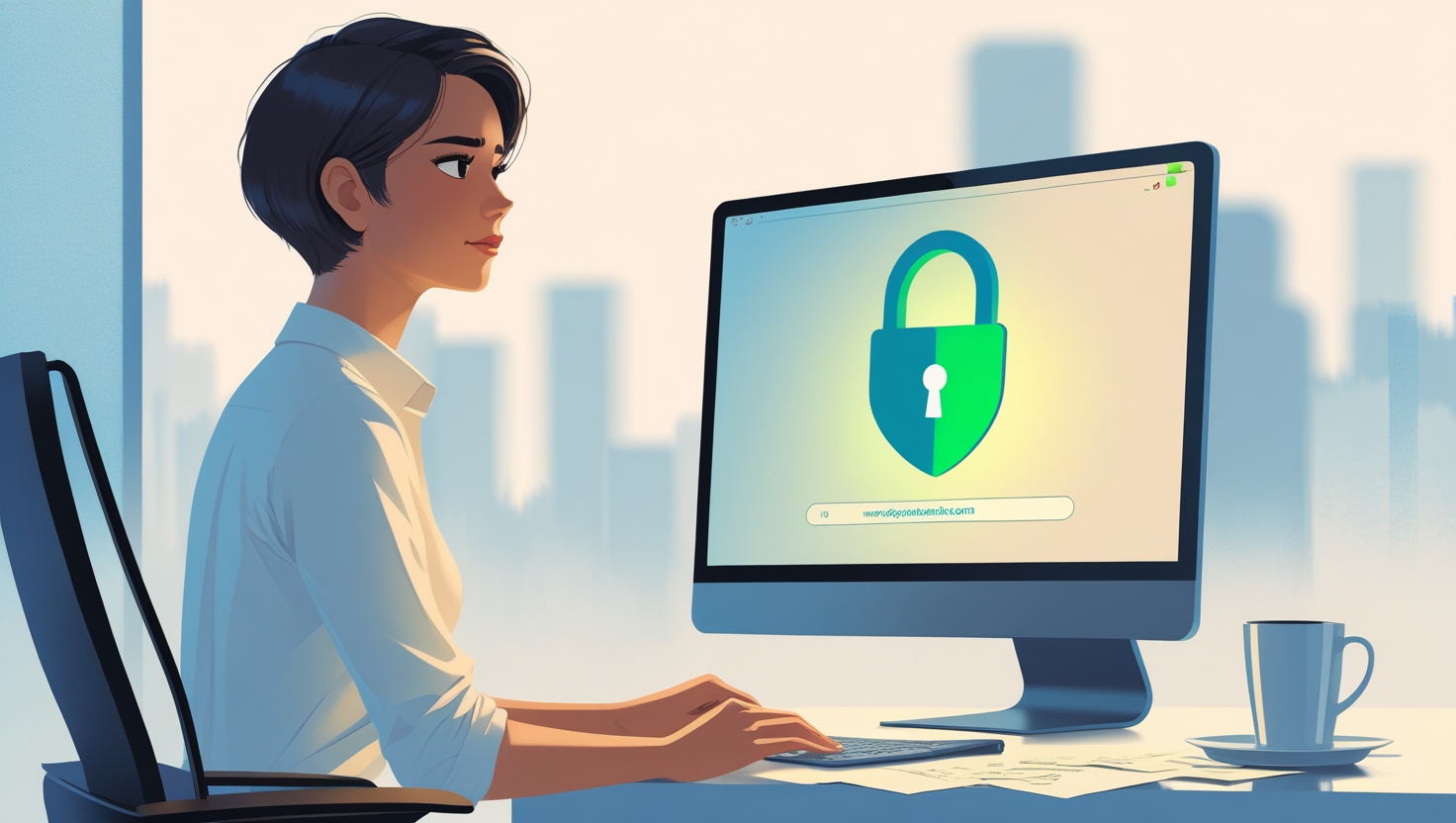Quantum Computing: A Technological Leap Beyond Classical Limits
Quantum computing is transforming the digital landscape, opening doors to processing power previously thought impossible. Unlike classical computers, which use bits to represent either 0 or 1, quantum computers utilize qubits, capable of existing in multiple states simultaneously due to quantum superposition. This revolutionary capability enables quantum systems to perform complex computations exponentially faster than traditional systems.
In recent developments, companies like IBM, Google, and Intel have achieved significant milestones. IBM’s Quantum System Two, unveiled in 2024, demonstrates scalable architecture designed for modular quantum computation. Google’s Quantum Supremacy breakthrough, initially controversial, has been further validated with improved fidelity and coherence times. These advancements mark the transition from experimental machines to real-world quantum processors.
Breakthroughs in Qubit Stability and Error Correction
One of the critical challenges in quantum computing has been qubit decoherence—the tendency of quantum states to lose coherence due to environmental interference. Recent breakthroughs have tackled this issue with quantum error correction codes (QECCs) such as surface codes and bosonic codes. Researchers at MIT and Caltech have proposed more efficient algorithms that reduce overhead and increase the error threshold for logical qubits.
Moreover, the development of topological qubits, which are more resistant to local noise, has gained momentum. Microsoft’s work on Majorana fermions—particles predicted to help create robust qubits—may redefine quantum hardware architecture. As error rates decrease, fault-tolerant quantum computing is becoming an achievable reality.
Quantum Cloud Services: Expanding Access and Application
With the rise of quantum-as-a-service (QaaS) platforms, organizations no longer need proprietary hardware to access quantum computation. Cloud platforms such as Amazon Braket, IBM Quantum, and Microsoft Azure Quantum provide access to real quantum hardware and simulators, enabling businesses and researchers to explore applications in:
-
Financial modeling and risk analysis
-
Pharmaceutical molecule simulation
-
Optimization problems in logistics and supply chain
-
Machine learning algorithm acceleration
This democratization of quantum computing is essential to fostering a quantum-literate developer community and driving innovation across industries.
Quantum Threats to Online Security: A Looming Crisis
While quantum computing holds promise, it also introduces unprecedented threats to current cryptographic systems. Algorithms like RSA and ECC, foundational to today's encryption, are based on mathematical problems (integer factorization, discrete logarithms) that quantum algorithms can solve efficiently. Specifically, Shor’s algorithm can factor large numbers exponentially faster than classical algorithms, rendering traditional encryption vulnerable.
Symmetric encryption, though more resilient, also faces threats. Grover’s algorithm can effectively halve the security level of symmetric keys, suggesting that AES-128 would only provide 64-bit security in a quantum context. These threats underscore the urgency to transition to quantum-resistant cryptographic protocols.
Post-Quantum Cryptography: Building Resilience for the Future
The U.S. National Institute of Standards and Technology (NIST) has taken proactive steps by launching a Post-Quantum Cryptography (PQC) Standardization Project. In 2022, NIST selected four algorithms—Kyber (for encryption) and Dilithium, Falcon, and SPHINCS+ (for digital signatures)—for standardization.
These algorithms are based on mathematical problems believed to be resistant to quantum attacks, including lattice-based cryptography, hash-based cryptography, and code-based cryptography. Integration of PQC into existing systems requires careful planning to ensure interoperability, performance, and backward compatibility.
Industry leaders are also forming quantum readiness initiatives, preparing infrastructure for a hybrid future where both classical and quantum-resistant algorithms operate in tandem.
Zero-Trust Architecture and Quantum-Safe VPNs
To counteract quantum threats, organizations are moving toward zero-trust security architectures that assume no implicit trust within the network. This paradigm shift emphasizes continuous verification, least-privilege access, and micro-segmentation.
Emerging solutions include quantum-safe VPNs and quantum key distribution (QKD) networks. QKD uses the laws of quantum mechanics to generate and share keys securely, ensuring that any eavesdropping attempt disrupts the quantum states and is instantly detectable. China’s Beijing-Shanghai QKD network and Europe’s OpenQKD initiative illustrate global efforts in building quantum-secure communication infrastructure.
AI Meets Quantum: Enhancing Cybersecurity Defenses
The intersection of artificial intelligence (AI) and quantum computing promises advanced capabilities in cybersecurity. Quantum machine learning (QML) can enhance threat detection algorithms, enabling systems to process vast data sets in parallel and detect anomalies faster.
On the flip side, adversaries equipped with quantum-enhanced AI tools may develop advanced attack vectors, making it crucial for defenders to harness similar technologies. The arms race in cybersecurity will increasingly be shaped by the speed of quantum computing adoption and preparedness of defensive systems.
National Strategies and Global Cooperation
Governments worldwide are investing heavily in quantum research and cybersecurity preparedness. The U.S. National Quantum Initiative Act, the European Quantum Flagship, and China’s National Laboratory for Quantum Information Sciences signal massive public investment.
Meanwhile, institutions like ENISA (EU Agency for Cybersecurity) and NIST are fostering international cooperation to develop standards and compliance frameworks for quantum-resilient systems. These collaborations will define the future of digital sovereignty and global cybersecurity policy.
Preparing for the Quantum Era: What Organizations Must Do Now
To navigate this technological upheaval, organizations must take decisive steps:
-
Conduct a cryptographic inventory to identify vulnerable systems
-
Begin the migration to post-quantum cryptography
-
Invest in quantum training for security professionals
-
Monitor the quantum computing landscape for new developments
-
Collaborate with government and academic initiatives for secure implementation
Cybersecurity in the quantum age will not be a one-time transition but a continuous evolution demanding proactive risk management and technological foresight.




